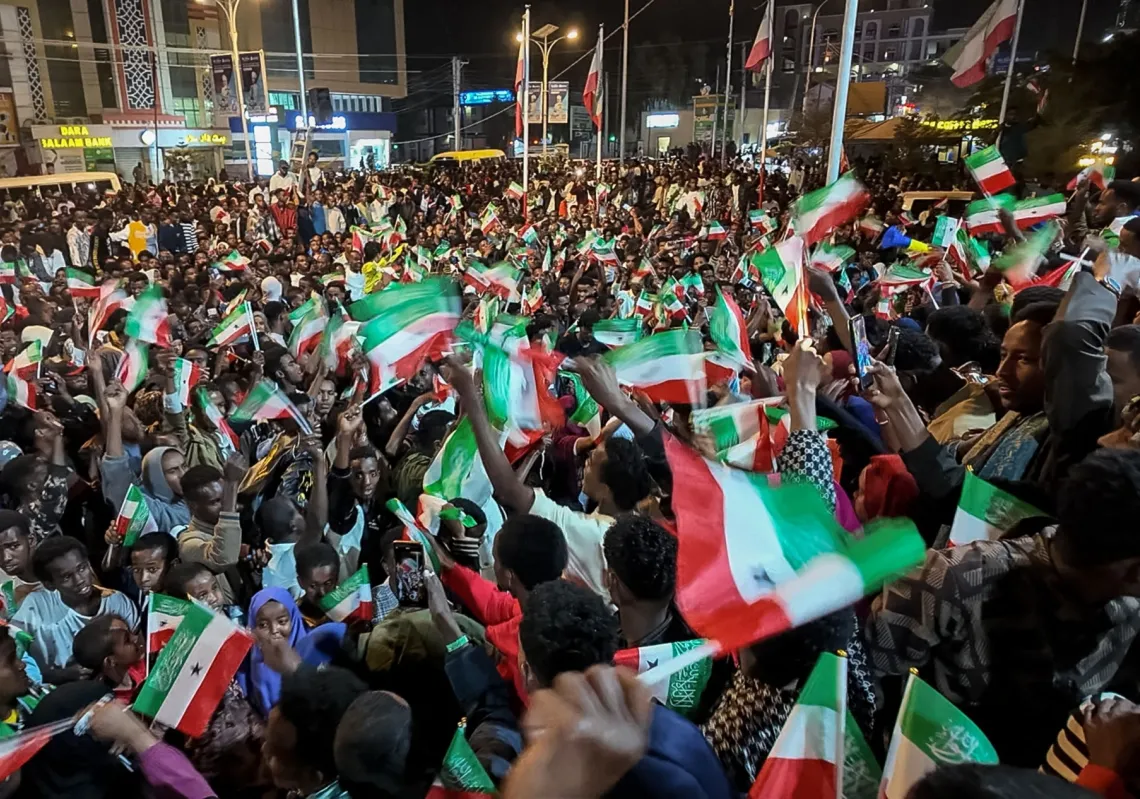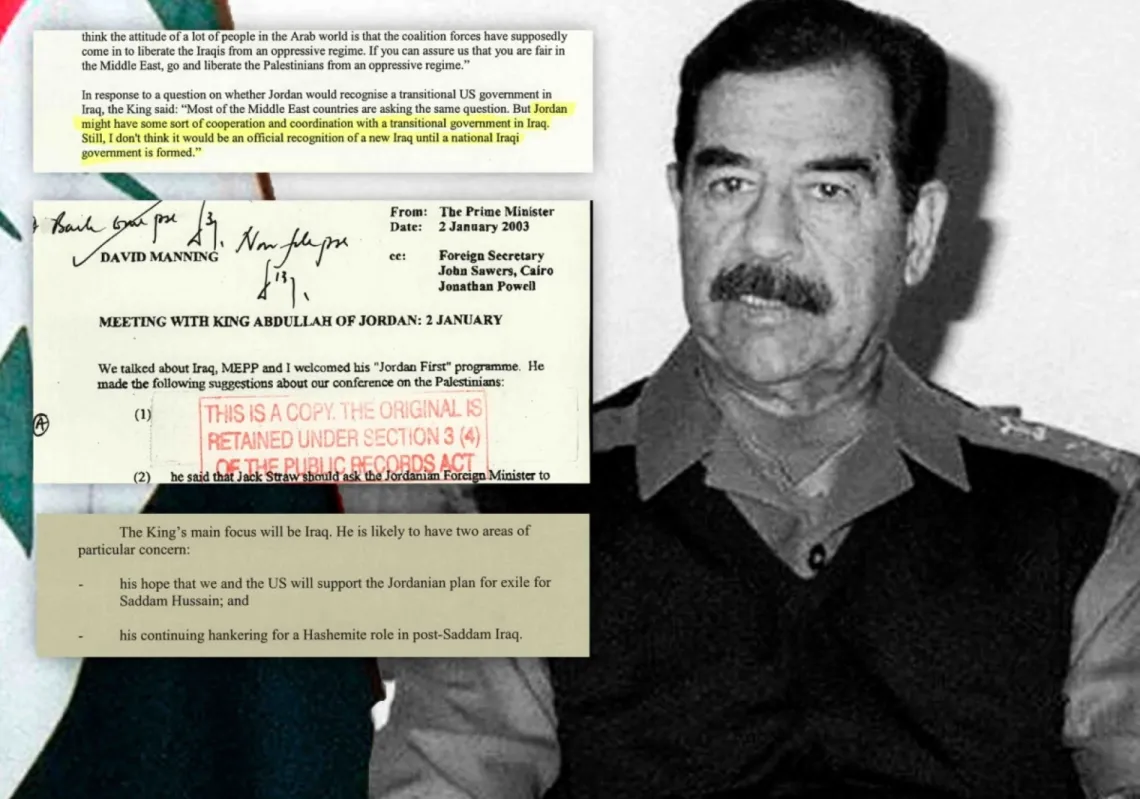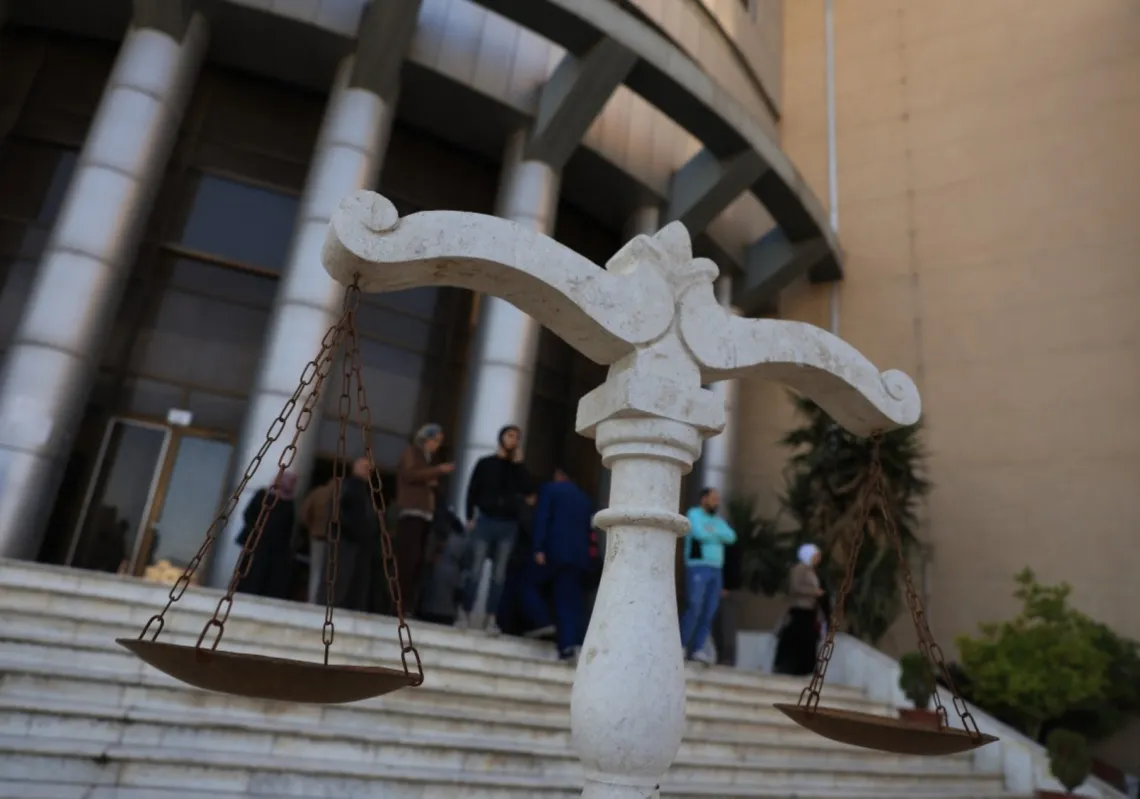by Salman Al-dossary
The United States must choose between embracing Iran, the world’s largest state sponsor of terror, or bolstering its alliance with a gradually reforming Saudi Arabia.
In recent months, delegations of American diplomats, congressional representatives, and Middle East specialists have visited Riyadh and met with senior leadership figures, as well as a range of actors in civil society and the private sector. Returning home and sharing their impressions with the American public, each of them expressed their own particular forms of praise and reservations, but key aspects of their message have been uncannily consistent: Saudi Arabia is on a course of positive reform. The leadership forthrightly acknowledges the problems of its past and is heightening its commitment to the promotion of religious tolerance, diversification of the economy, and greater openness to the culture of the global village. Its security sector remains a steadfast ally to the United States in its struggle against terrorism—both within Saudi borders and around the world; from state-sponsored Khomeiniism to transnational jihadism. And amid upheaval across the Middle East and record lows in oil prices, Saudi Arabia has stepped in to guarantee the stability of every Arab country with which Washington has traditionally been allied.
Meanwhile, the Islamic Republic of Iran has stooped to new lows in its ongoing global campaign of terror: A year since its signing of a nuclear deal with the P5+1, Iran has ratcheted up spending on Arab fighting proxies, from Hizballah in Lebanon and Syria to the Shi‘a militias and death squads of Iraq to the Houthis of Yemen. According to our investigative reporters inside Iran, the regime has also doubled down on repression within its borders: Non-Persian and non-Shi‘a communities, which together comprise the majority of the Iranian population, have seen record numbers of executions and new restrictions on their cultural rights. The Iranian security apparatus remains a sponsor of international terrorism on five continents, while the Iranian information ministry stokes these flames by backing nearly a hundred extremist satellite channels—in Arabic, Urdu, Persian, and other languages. All the while, Tehran exports clerics and curricula the world over that insinuate its expansionist agenda into the teaching of Shi‘ism. And the regime remains a primary sponsor of Sunni militancy—a matter I will return to shortly.
In this context, a recent New York Times opinion piece by Iranian Foreign Minister Mohammad Javad Zarif has raised some eyebrows, particularly in Arab countries, where the subject he covers is well understood. As other writers have previously done in the pages of the Times, the article presents Saudi Arabia as a “Kingdom of Backwardness.” It devises a composite caricature of the range of religious and political currents collectively known as “Wahhabism,” then blames it for extremism and suffering around the world.
Granted, it is an opinion piece. But as the late U.S. Senator Daniel Patrick Moynihan said, “Everyone is entitled to their own opinions, but they are not entitled to their own facts.” And “Facts,” to quote President John Adams, “are stubborn things.”
It is interesting to note, for example, that al-Qaeda and ISIS have waged lethal attacks repeatedly against Saudi Arabia and its citizens, but never targeted Tehran. Yet Zarif pretends that the two groups are his country’s mortal enemies and pins blame for this fiction on ideas attributed to Wahhabism.
Meanwhile, the Lebanon-based militant group Hizballah, openly funded and armed by Iran, provides funding, equipment, weapons, and training to terrorists that target Sunni civilians and many other innocents in Lebanon, Syria, and around the world. The U.S. State Department labels Iran an “active state sponsor of terrorism.” The regime, which adopted the precepts of Khomeiniism as its founding ideology, has the only constitution in the world that asserts expansionism as a core principle. The Saudi kingdom, by contrast, imposes no equivalent political overlay on Islam: Rather than assert a Sunni analogue to Khomeini’s “rule of the jurist,” whereby a cleric takes control of the armed forces, security apparatus, and all institutions of power, the Saudi leadership is turning to an Islam pruned of ideology for guidance in empowering its population to engage the modern world.
It is the Iranian government that incited and managed the mobs that attacked 12 foreign embassies over the past 25 years—most recently, the UK diplomatic mission in 2011 and the Saudi mission earlier this year. And while 15 of the 19 September 11 hijackers were indeed radicalized Saudi nationals, Zarif indicts a nation and all of its institutions for their wrongdoing. At the core, Zarif’s article exploits American perceptions of a static and monolithic “Wahhabism,” meanwhile eliding and obscuring the facts about his own government’s sponsorship of international terrorism, which could fill volumes.
Among the numerous instances of al-Qaeda attacks on Saudi Arabia were the 2003 bombings of residential compounds housing foreigners in the Saudi capital Riyadh, which killed 39 and maimed 160. The man behind it, al-Qaeda fighter Saif al-Adel, was living in Iran at the time. Numerous phone intercepts and other evidence not disputed by the international community indicate that he enjoyed the latitude and tools necessary to use Iranian territory as a staging ground. The Tehran regime had refused to extradite him to Saudi Arabia for a range of crimes prior to the 2003 attacks.
Iranian state terror, conceived at the highest levels of authority in Tehran and hearkening back to the beginnings of the Mullahs’ dominance over the country, has always involved a “sect-blind” policy of supporting Sunni as well as Shi‘a extremists. A year into the Khomeini-led revolution, Sunni-majority Egypt was in turmoil, with a rising “Islamic Jihad” movement gaining followers in a campaign to topple President Anwar Sadat. The Sunni terror group’s coup attempt was firmly backed by Iran—in this instance, largely in response to Sadat’s having granted the deposed Shah of Iran a haven. Tehran regards Khalid Islambouli, the man who killed Sadat, as a hero; a street in the Iranian capital was named after him.
Why does al-Qaeda refrain from attacking Iran? A key reason is of course the regime’s brazen support for it, which far exceeds the facilitation of attacks on Saudi Arabia and for that matter Egypt and other Arab countries: Earlier this year, a New York Federal judge issued a summary judgment on behalf of September 11 victims’ families against Iran to the tune of $10.5 billion; he validated overwhelming evidence that Iranian material support for al-Qaeda had proved mission-critical in the perpetration of the September 11 atrocities. On the 15th anniversary of September 11, this crucial aspect of the history of the tragedy has at last begun to garner its due attention in the United States. A litter of U.S. Treasury documents, moreover, show that years after September 11, the Iran/al-Qaeda relationship has stood the test of time—and hundreds of U.S. soldiers in Iraq were among thousands more in the broader region who have died as a result. Terrorism analysts familiar with the Iran/al-Qaeda relationship were not at all surprised by the release of letters by Osama bin Laden seized from his compound in Abbottabad, in which he referred to Iran as his “main artery for funds, personnel, and communication.”
Given this insidious record, Zarif’s call for the world to join his country in targeting Saudi Arabia is the definition of chutzpah: On behalf of his regime, which over the past 12 years has turned the Iraqi government into its vassal, he chastises Americans and Saudis for supposedly enabling Tehran to do so. On behalf of his regime, which bombed a Jewish community center in Buenos Aires, killing 85 and maiming hundreds, he calls on the world to protect religious minorities by pressuring Riyadh. He casts Iran—the only state supporter of al-Qaeda and a tormentor of its own Sunni citizens—as a voice for the protection of Sunni moderates. On behalf of his regime, which has backed the Assads’ reign of sectarian apartheid for decades, he blames Saudi Arabia for grappling with the problem of how to help the Sunni population defend itself.
In the Gulf states prior to Iran’s revolution, relations between Sunnis and Shi‘a, Persians and Arabs, were considerably warmer. Intraregional political disputes did not, for the most part, fall along sectarian lines. The Saudi monarchy, faulted by Zarif for an innate hostility toward Shi‘a Iran, enjoyed—to the contrary—excellent relations with the Iranian government. In the region today, all of the Shi‘a proxy militias and death squads now at war with Sunni populations are umbilically linked to Iran, whereas the transnational Sunni extremist groups are fiercely opposed and resisted by Saudi Arabia, the Gulf states, and nearly every other Arab and Muslim country.
Zarif’s slippery article epitomizes the message Tehran wants to convey to the American people: that it should place its traditional allies in the Middle East at arm’s length and rely on Iran as a guarantor of regional stability. Americans will have to choose for themselves whether to grant the world’s largest state sponsor of terrorism the privilege of their friendship—or enhance cooperation with a longtime ally, the Kingdom of Saudi Arabia, which is in the midst of an ambitious process of positive reforms that merit encouragement and support.
This article originally appeared in The American Interest.
Sign up for our Weekly Newsletter
Get the best of Majalla, straight to your inbox.








